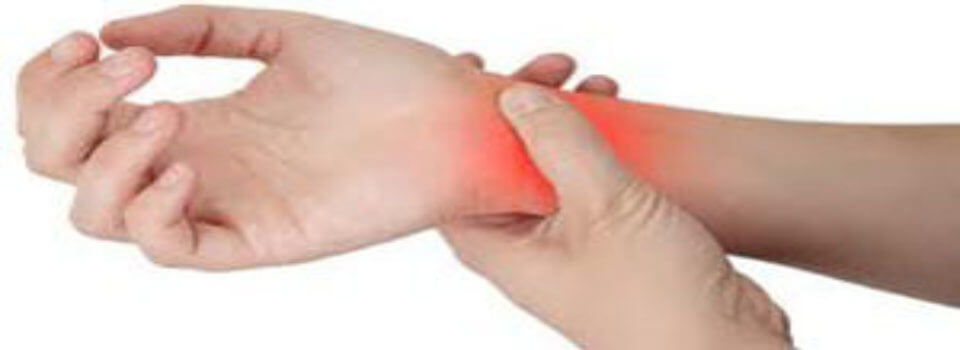What is it?
Cumulative trauma disorder (CTD) covers several conditions that are generally caused by excessive computer usage. CTD is also known as a repetitive stress injury (RSI) or repetitive stress disorder (RMD). Carpal tunnel syndrome (CTS) is the most common type of CTD. Through years of keyboard use, the wrist’s tissue can become swollen and inflamed, and sometimes even scarred.
What causes it?
CTD is common in those who have occupations that require many hours of computer station usage and typing. The problem is worsened by improper posture caused by incorrect chair or desk height and poor positioning of the computer display. Keyboard use is not the only cause of CTD; sports or hobbies which employ repetitive motions with the hands or wrists may also be the cause. These circumstances can lead to the arm’s main nerve becoming pinched.
What are the symptoms?
CTD often results in pain similar to arthritis. Patients may also experience hand pain and stiffness, to the point that it becomes difficult or impossible to use the keyboard. It’s not uncommon for people to also feel pain and spasms in the back, as well as stiff legs, shoulders and neck. Because of added eye strain, chronic headaches which can be mistaken for migraines, sometimes occur. In the most extreme cases, symptoms may sometimes be mistaken for kidney disease.
How do we diagnose it?
CTD is a collection of related symptoms which may be attributed to one’s daily habits. In order to assess your condition, your doctor will not only perform a physical exam, but will also ask for a complete medical history as well as information about your daily work conditions and habits. You may be diagnosed with one of many types of CTDs such as carpal tunnel syndrome or tendinitis.
How is it treated?
First, it’s important to know how CTD can be prevented. In order to avoid hand issues, it’s best to ensure proper positioning of hands and wrists while typing. Work stations should be carefully constructed so as to be ergonomically appropriate to the individual user.
There are several types of treatments which may be recommended depending on the patient’s specific symptoms and condition. However, in most cases, rest from the problematic activity is recommended. Other common treatments include the use of splints, hot/cold baths, steroid injections, anti-inflammatory medications and physical therapy. In some cases, surgery may be considered as well. Because of the diversity of symptoms and conditions, it’s important that a doctor diagnose and recommend treatment.


